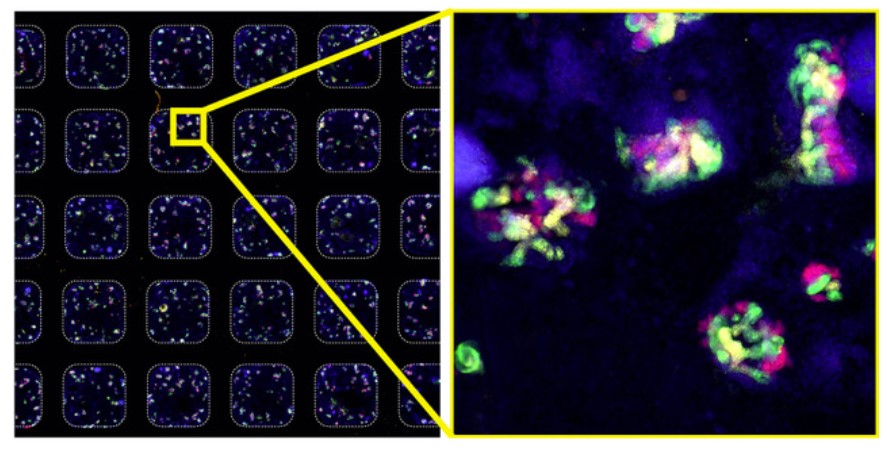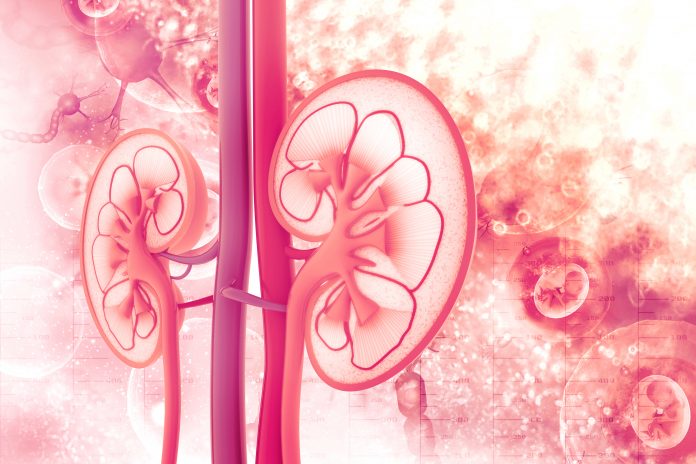
How a robotic system that grows human organoids can help save real live humans


Good news, everybody: Robots can now create human mini-organs from stem cells. What could possibly go wrong?
by Alan Boyle
GeekWire

Authors of the paper in Cell Stem Cell, titled “High-Throughput Automation Enhances Kidney Organoid Differentiation From Human Pluripotent Stem Cells and Enables Multidimensional Phenotypic Screening,” includes KRI Investigators, Benjamin Freedman and Stuart Shankland.
The method may sound like a nightmare from HBO’s AI thriller “WestWorld,” but researchers from the University of Washington School of Medicine say it really is good news.
“This is a new ‘secret weapon’ in our fight against disease,” Benjamin Freedman, a medical researcher at the UW Institute for Stem Cell and Regenerative Medicine and the Kidney Research Institute, said in a news release.
Stem Cell and Regenerative Medicine and the Kidney Research Institute, said in a news release.
The robotic system could accelerate the production and use of organ tissues that don’t have to be cut out of an actual human but are nevertheless suitable for research and drug discovery. The system is described in a study published online today in the journal Cell Stem Cell.
Human organ tissue is traditionally grown for biomedical experiments from stem cells in flat, two-dimensional sheets. That method doesn’t accurately reflect the structure of the organs being grown, however, so researchers are working on ways to grow the cells into more complex 3-D mini-organs.
The mini-organs — technically known as organoids — come closer to the full function of the organ being studied, but they’re tougher to grow in mass production. So the next logical step is to send in the robots.
Freedman and his colleagues built a system that uses liquid-handling robots to place stem cells into plates that contain as many as 384 miniature wells each. The cells are then coaxed to turn into kidney organoids over the course of 21 days. Each microwell gives rise to at least 10 organoids, which means each plate yields thousands of mini-organs for research.
“Ordinarily, just setting up an experiment of this magnitude would take a researcher all day, while the robot can do it in 20 minutes,” Freedman said. “On top of that, the robot doesn’t get tired and make mistakes.”
Other research teams have made use of robotic systems to produce organoids from adult stem cells — but the newly developed system starts with pluripotent stem cells, which are more versatile.
The robotic system also screens the organoids that are produced, using a cell identification technique known as single-cell RNA sequencing.
“We established that these organoids do resemble developing kidneys, but also that they contain non-kidney cells that had not previously been characterized in these cultures,” said Jennifer Harder of the University of Michigan School of Medicine, who led that part of the experiment along with colleagues from the University of Michigan Kidney Translational Core Center.
Freedman said the screening system gives researchers an opportunity to tweak their cell production techniques. “The value of this high-throughput platform is that we can now alter our procedure at any point, in many different ways, and quickly see which of these changes produces a better result,” he said.
Thanks to that advantage, the research team was able to increase the number of blood vessel cells contained in the kidney organoids, which made them more similar to actual kidneys.
The team used the system to study a malady known as polycystic kidney disease. PKD is an inherited condition that affects 1 out of 600 people worldwide and often leads to kidney failure.
Organoids grown from cells with the genetic condition were exposed to a variety of substances — and one of the substances, a myosin inhibitor called blebbistatin, produced a significant increase in the number and size of cysts that are associated with PKD.
“This was unexpected, since myosin was not known to be involved in PKD,” Freedman said. He speculated that myosin, a protein that plays a role in muscle contraction, may control expansion and contraction of kidney tubules as well.
If that myosin function is somehow blocked, could that lead to the cysts seen in the kidneys of PKD patients? “It’s definitely a pathway we will be looking at,” Freedman said.
The work reported in Cell Stem Cell focused on kidneys, because fighting kidney disease is the prime focus for the researchers involved. But the technique could be used to create other types of “organs in a dish” as well.
The most controversial types of human-based organoids consist of cortical tissue. Such mini-brains are seen as a new frontier for neurological research and drug screening, but how big do they have to get before they become conscious?
“When you have these cortical organoids, and it gets big enough and complex enough in its electrical activity, we have to start thinking about it: Is this thing in pain?” Christof Koch, president and chief scientific officer of Seattle’s Allen Institute for Brain Science, said last year at a science conference.
And that trail of reasoning really does lead to a bioethical wilderness of “WestWorld” proportions.












